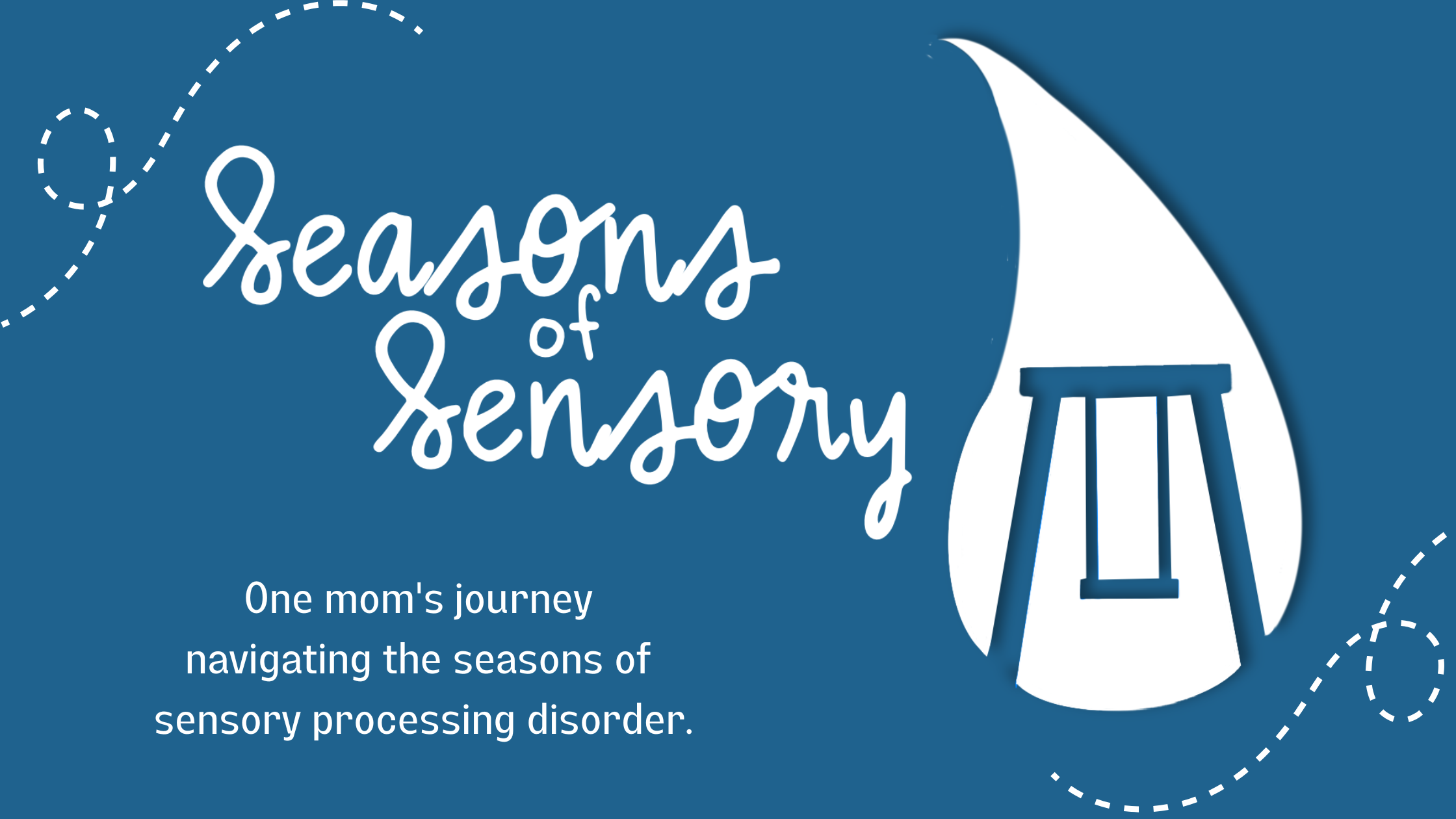In the beginning, a sensory journey can feel heavy. Impossible even. Sorting through mountains of information online or handouts from therapists and trying to decipher how they can be applied at home can be enough to send you into a tailspin. It’s new, you are overwhelmed and doing everything you can just to keep a lid on things at home with little space for anything else. That’s how it was for me anyway.
Over time, though, some of that melts away. As you begin to chip away, one strategy at a time, and figure out what works for your child(ren), you eventually have more capacity for creativity and intertwining sensory integration strategies in a way that feels manageable. As time has gone on, I have become better at finding twofers. Strategies that simultaneously address more than one sensory need and often use things we already have at home or things we can pick-up for very little cost.
Cue Sensory Smoothies (you could also just call them smoothies… I’m a relentless lover of themes and alliteration). While the texture doesn’t work for Max, smoothies are at the top of Fletcher’s list of favorites. This is perfect because a morning smoothie helps us sneak in some much needed sensory input early in the day without it feeling disruptive or abnormal. We use frozen fruit which adds a cold element that feeds his oral input needs and he always drinks smoothies out of a Camelback water bottle (now known as smoothie bottles in our house) which requires that he chomps down on the bite valve while sucking through the straw – both great sources of oral input as well. I add pea protein or kale and fiber powder (or both) to give them an extra boost of nutrition which makes me feel good about including this as a part of our morning routine.
Some days Fletcher likes to make his own smoothie. He carefully adds a banana, frozen berries and our “magic” smoothie powder (protein or kale) into the blender and then pours in a little apple juice or water with a serious expression on his face and the most intense concentration. He pushes the blend button with great intention, watches for awhile as all of his ingredients fold into one another, stops the blender and says “we should taste it first.” And every single time, he slurps a spoonful, admires his great work for a moment and then decides that it needs “just a little more mixing.” Each one of his smoothie creations is like a masterpiece and I love it. Starting the day with an activity that promotes independence and reinforces how helpful Fletcher is provides the positive affirmation he craves. And most days, that little dose of positivity paired with early sensory input is enough to set him up for a relatively easy transition into virtual learning.
As an additional note, Fletcher often craves something cold in the evenings as well. Lately we have been putting yogurt tubes in the freezer and that has felt like a fun treat for him. While he’d much prefer a popsicle or ice cream, we try to limit processed sugar when possible. Other cold treats that he enjoys are frozen grapes (these are Max’s favorite, too), frozen banana slices, frozen corn (yes, eaten frozen…he loves it, I can’t quite wrap my mind around it), and frozen berries.

Now I’m craving smoothies! I love how you were able to integrate all those sensory inputs and independence in one yummy activity. So smart. Is that my blender calling my name?
It’s totally calling your name ;).